1/32 Tamiya Mosquito FB Mk.VI, No 305 (Polish) Squadron
A warning, gentlemen: there's some outrageous and unashamed name-dropping in the following piece, so I'll apologise for that in advance.
Imagine that you are a very young man about to graduate from advanced pilot training at RAAF Base Pearce in Western Australia in 1960, and the Commanding Officer announces that, on the graduation parade, your wings are going to be pinned on you by none other than Air Chief Marshal Sir Basil Embry, GCB, KBE, DSO & Three Bars, DFC, AFC. I had read Sir Basil's book Wingless Victory when I was a schoolboy, and knew quite a bit about his incredible wartime exploits, so I knew right away that the day would be one of the most memorable in my life. And indeed it was. It all came about because, when Air Chief Marshal Embry retired from the RAF in 1956, he emigrated to Western Australia to begin a new life as a sheep farmer.
In July 1942, Air Chief Marshal Embry was appointed to command No 2 Group, Bomber Command. Although he was now an Air Vice Marshal, he continued to fly on operations where possible, usually flying as a wingman in a formation under the name of "Wing Commander Smith". During this time he pushed hard for No 2 Group to be re-equipped with the Mosquito FB Mk.VI, which by 1944 figured prominently in the activities of the Group. So it was perhaps understandable that the introduction of the 1/32 Tamiya FB Mk.VI kit brought to mind that memorable day in 1960.
No 305 (Polish) Squadron was part of No 2 Group, and was based at RAF Lasham in the spring of 1944. One of its Mosquitos (SM-A, serial LR303) is represented as one of the marking options in Tamiya's 1/32 kit. I chose to do that one because of the connection to the great man who presented me with my wings all those years ago. (Yes, the No 487 Squadron RNZAF alternative had a similar association but, at decision time, the All Blacks rugby team had beaten the Wallabies yet again at Eden Park in Auckland, so I was, at the time, not particularly well-disposed towards our cousins across the Tasman Sea ?)
The Tamiya kit is, quite simply, absolutely superb. Even so, when I looked at all those rivetless wooden surfaces, I wondered about how on earth I could make them visually interesting. In the end, I opted for some very minor paint-fading and a bit of Lasham mud in the tread of the tyres, leaving the beautiful lines of de Havilland's legendary "wooden wonder" to speak for themselves.
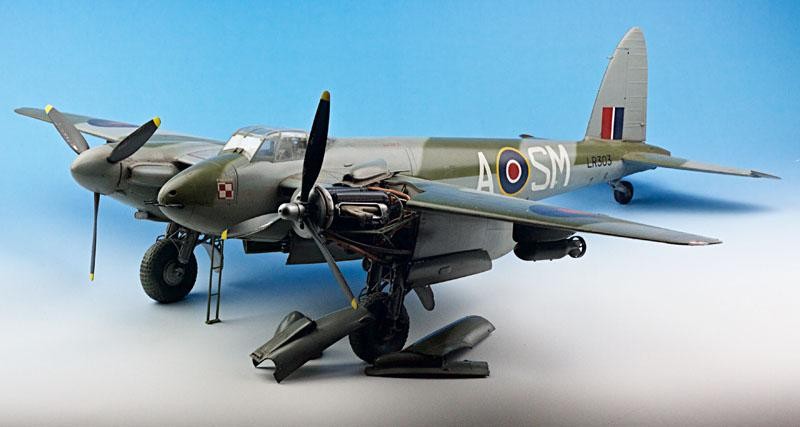
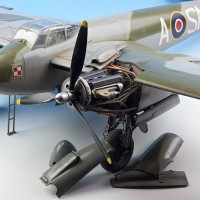
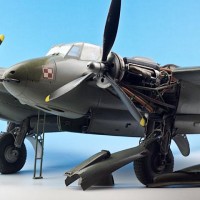
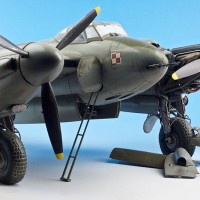

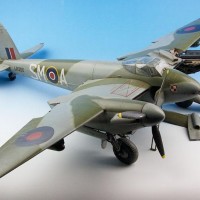
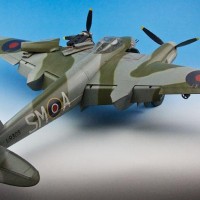

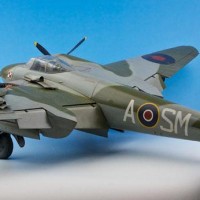
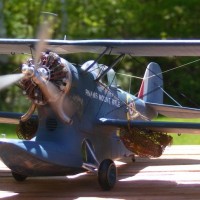
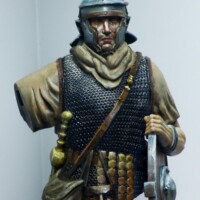
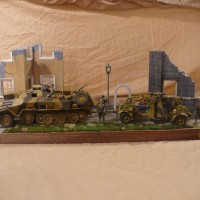
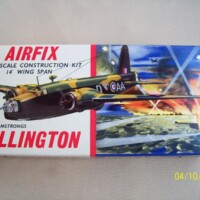
Simply stunning! Now I know what my next build is going to be!
This is a superb kit, as you rightly say, and with great opportunities to 'detail-up'.
I saw one version where half had been left as unpainted 'wood grain' effect, which, although it looked good, was inaccurate as the actual aircraft wood finish was treated plywood. I think people approach the timber issue in various ways, being otherwise used to metal-wear effects, etc.
Great looking model.
Love it... even from this side of the Tasman that looks very good !
Ian.
I love the model but am always a s****r for any sort of attached and relevant story. Fantastic build, nicely finished. Well done! Paul
I can only agree wholeheartedly with the general consensus - good to see you back "up and running", sir. A stellar build indeed.
Wonderful!
She is a beaut! If no rivets to highlight, perhaps a few smudges of glue used to get all that plywood down securely?!
Good lookin Mossie.
Very nice indeed
Very nice and good to see you back. Helluva memory there.
Fabulous storytelling. And who doesn't like the Mossie, especially one this nice? Extremely well done!
Great build & a memorable story; always adds interest to a terrific model.
Very nice build and equally interesting story.
Great Build; great bird; great history to go along with it! Also, congrats on that "Wings Day" way back when. Quite an honour!
Great job, K.J.!
Beautifully built and finished, I'm sure this kit will become an all-time classic, I only wish I had room for one. I lived close to Lasham airfield for many years, and it's still in use today as a popular gliding place as well as having a maintenance facility for civilian aircraft. The mud on the tyres looks about right!